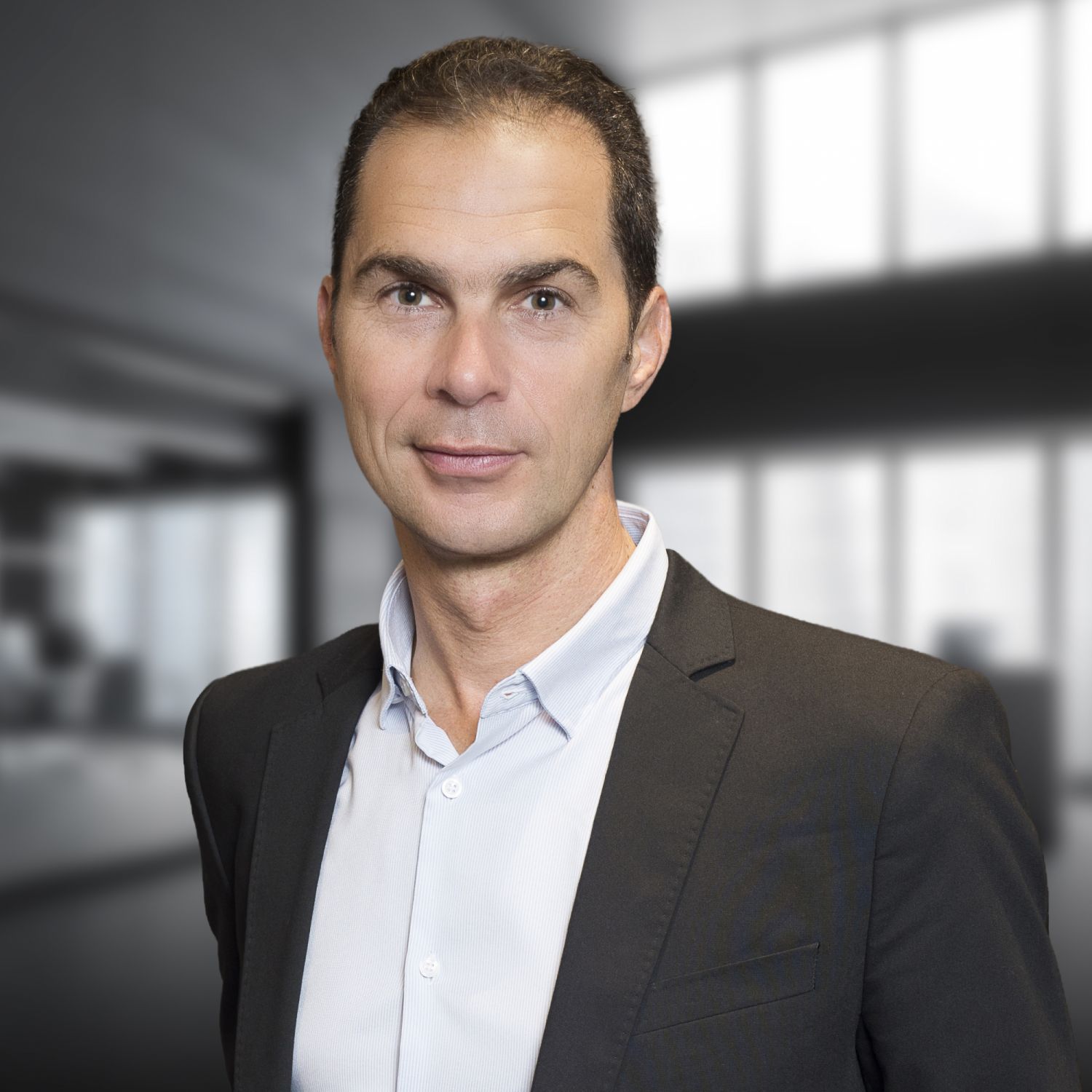Workplace flexibility, a focus on employee experience and empathy are key for business leaders, says YPO's Xavier Mufraggi
As we emerge from the pandemic, the world’s business leaders now face a new set of challenges. Nearly two-thirds of our CEOs are positive about their 2023 outlook but are concerned about inflation, supply chain constraints and geopolitical instability resulting from international conflicts, according to a survey conducted by the Young Presidents Organisation (YPO) with 1,681 executives, representing 96 countries and 47 industries. Mental health, hybrid work and employee retention are other top-of-mind issues for chief executives in the year ahead.
It’s critical that business leaders identify how best to capitalise on today’s unique business environment. What we’ve found across the board is that, in response to the current context of fast-paced change and economic volatility, top executives globally are doubling down on the employee experience by redefining the workplace and investing in employee well-being and retention.
What else has the survey uncovered? Here are some of the key takeaways I found from my peers and my thoughts as we head into 2023:
Executives remain positive overall about business, but optimism is curbed by elevated economic uncertainty.
Even as the world opens up, chief executives in Asia are concerned about geopolitical issues (30 per cent) and the recession (30 per cent), more so than their counterparts in other regions. Inflation and the diminished supply for goods and services are seen as powerful obstacles to business in Asia, with business leaders around the world predicting average price increases of 11.1 per cent in 2023.
The year ahead definitely calls for resilience, along with agility and flexibility. This might mean safeguarding supply chains, identifying risks or staying open to change, such as concentrating more on domestic markets closer to home. The threat of having your business disrupted by new digital competitors persists, but instability will remain the most pressing issue—how do we invest wisely not knowing what lies ahead, while knowing that waiting it out isn’t an option?
Also key for business leaders in the year ahead is to diversify the people and perspectives around us. We have a tendency to surround ourselves with people from the same industry and background who may not feel comfortable challenging us, so we need to actively seek outside opinions and turn to trusted peers from other industries. Opportunities and threats may be obvious from an outside perspective removed from our day-to-day, while we ourselves are sometimes on autopilot.
Employers can attract top talent by focusing on key drivers of growth and enhancing the employee experience.
Despite the downturn in the global economy, prevailing trends such as the “Great Resignation” have led to an increased focus on making companies attractive places to work. To this end, YPO’s members employ diverse strategies including competitive compensation and bonuses (71 per cent) as well as flexible working hours (57 per cent) and a hybrid or remote work environment (53 per cent).
Significantly, when it comes to key growth drivers, communication to and amongst employees has seen the biggest jump over the last two years, with 59 per cent of chief executives reporting improvement. Along with increases in innovation, collaboration and diversity and inclusion efforts, CEOs in Asia Pacific reported higher percentages of employee engagement.
If you aim to hire and retain top talents in any position, your organisation needs to foster a positive, flexible and inclusive environment. Institute a formalised policy that focuses on internal promotions. I also recommend that executives avoid hiring talents (no matter how sought-after) who change companies every two years.
When I was with Club Med, we were able to continually set new performance records because of our unwavering focus on an inclusive environment that promoted internally whenever possible, even when the internal candidate had significantly less experience. Doing this ensures a diverse talent pool and boosts employee morale. In my last year as CEO of Club Med North America, the average age of our new resort general managers was 31. This group included two outstanding women who became general managers at the ages of 25 and 26. Within the industry, our overall employee engagement score was in the top 10 per cent.

